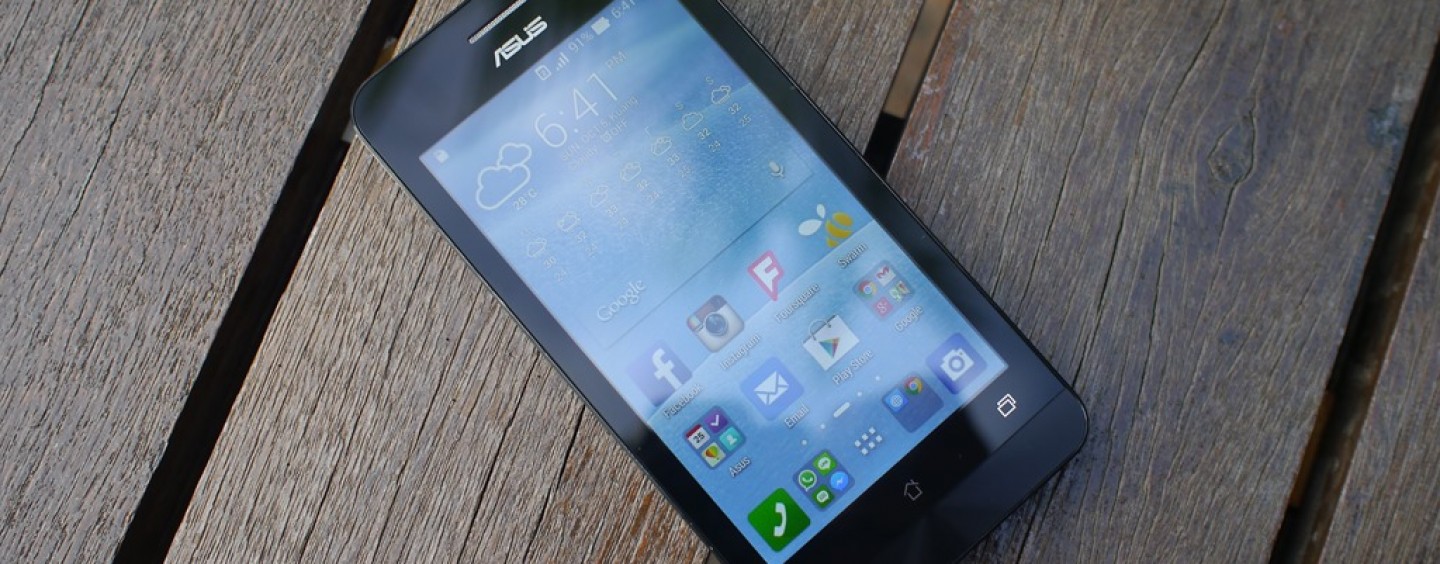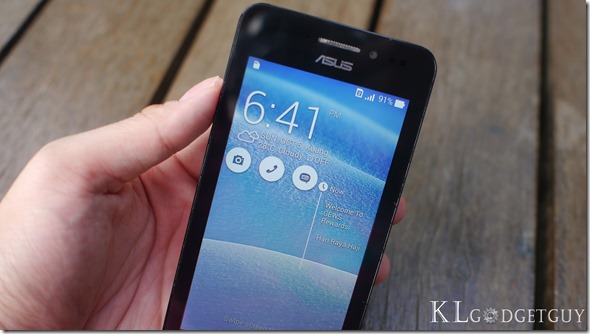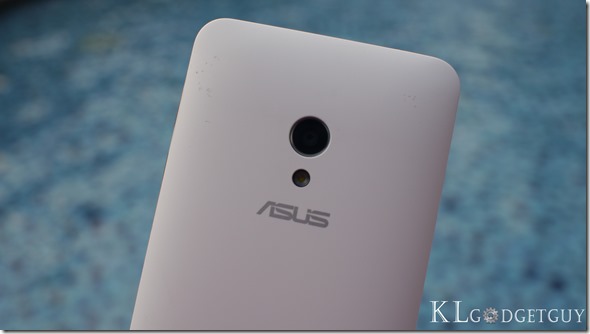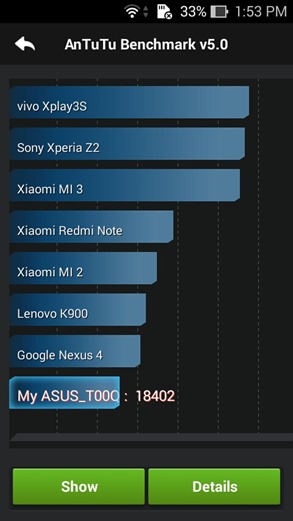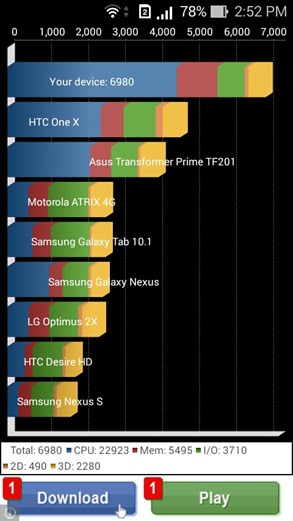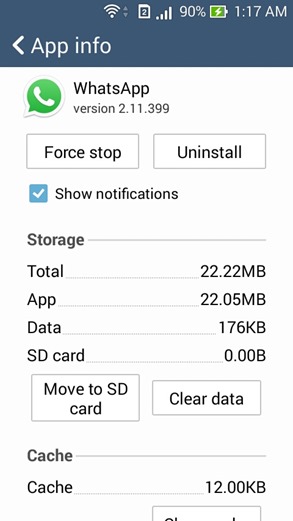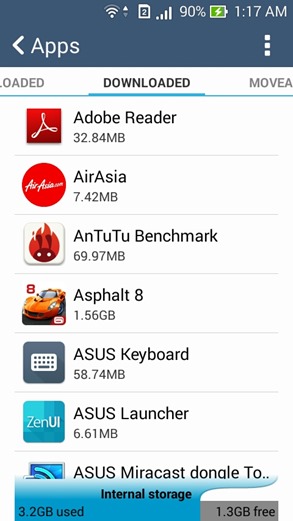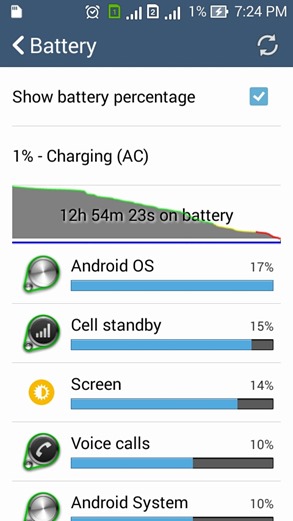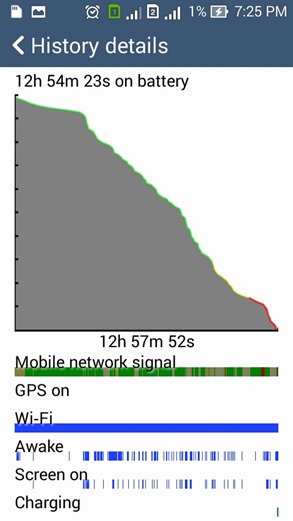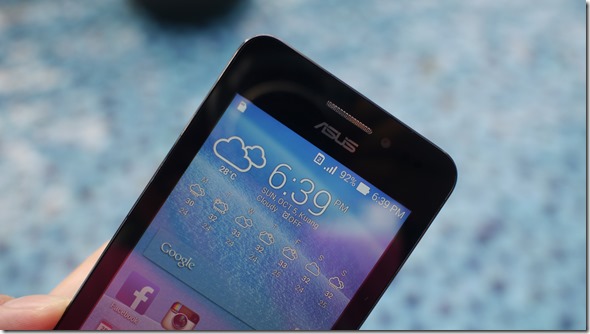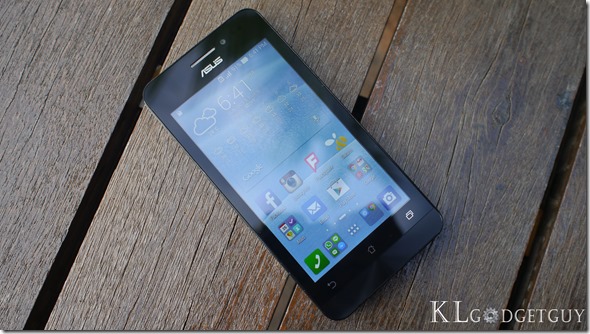ASUS first led the affordable smartphone market here before Chinese brands start storming in the market, the ZenFones arrived late in the market, but they were generally well received for its elegant design and surprisingly affordable price tag yet offering a beautiful software experience onboard. Six months has passed, the company has upped its own game by introducing an updated variant of its entry level ZenFone 4, in which we find an increment in display size, upgrade camera optics while maintaining the same iconic design.
ASUS Zenfone 4 A450CG Video Review
Raising the bar on the entry-level smartphone game once again
After ASUS announced the Zenfone 4, competition of entry-level smartphones became fierce, so fierce that almost everyone attempted to bring their own entry-level products down to the similar price of the Zenfone 4. With all that success, ASUS isn’t just going to stop there and feel comfortable with selling the original Zenfone 4, which lead to the birth of it’s successor with the model number A450CG. The new Zenfone 4 has raised the standards of entry-level smartphones once again, by introducing the same solid build quality that you’ve probably loved on the original Zenfone 4 but with a larger 4.5-inch display with Gorilla Glass 3 and better 8 Megapixel Pixelmaster camera. And with that kind of update, ASUS still managed to maintain the phone’s price tag below RM400.
ASUS ZenFone 4 (A450CG) Hardware Specifications
Processor: Intel Atom Z2520 1.2GHz Dual Core Quad Thread
RAM/ROM: 1GB/8GB (expandable via MicroSD)
Display: 4.5″ WVGA (800×480) LCD with Gorilla Glass 3
Camera: 8MP PixelMaster f/2.0 (Main), 0.3MP (Front)
Connectivity: WiFi 802.11 b/g/n, BT 4.0, USB OTG
Features: ASUS ZenUI, What’s Next, Do It Later, ZenLink
Networks: DC-HSPA+/GSM, Dual SIM
Battery: 1750mAh
Most of the hardware internals remain the same as the original Zenfone 4, due to a larger screen size, the new Zenfone 4’s display looks pixelated with its low WVGA resolution and screen brightness isn’t that great for outdoor use, touch response and viewing angles are fortunately acceptable.
ZenUI + Android 4.4 – ASUS has done the right thing
Ever since we’ve reviewed the ASUS Fonepad 7 FE170CG and ASUS ZenFone 5, we fell in love with it as it feels so simple yet elegant, it also feels very HTC Sense like with its flat icons and you will find similarities to it in its user experience. ASUS has also done one right thing that many entry-level phones failed to possess – shipping Android 4.4 KitKat out of the box, though the adoption of KitKat is gradually increasing but its good to have it shipped by default rather than having customers dreading for the update to come.
ZenUI introduces some of the many favorite features that we’ve come to love on ASUS smartphones, What’s Next and Do It Later keeps you informed of your upcoming appointments and tasks that you have saved to do later, you also have the usual ZenLink apps – PC Link, Remote Link, Share Link, and Party Link which lets you mirror your phone’s display on your computer and sharing content to other smartphones easily, you basically have the full suite of ZenUI on the Zenfone 4.
PixelMaster Camera – No other entry level devices can have this
Let’s admit it, apart from the Xiaomi Redmi 1s, no entry-level smartphone has such a high resolution camera as the ASUS Zenfone 4, the company has probably realized that it is worth having an updated camera onboard it’s entry level device rather than having it’s processing internals upgraded, though some users may prefer the other way round. Back on the Zenfone 5 review, we commented that the Pixelmaster isn’t the best camera that we’ve seen, however in the Zenfone 4’s case, we have to give it pretty good rating, it produces detailed images and accurate color saturation in good lighting conditions, indoor and low light shots aren’t as outstanding, the phone’s camera has attempted to maintain a low ISO sensitivity but despite of that, we can still find loss of detail and noise in images. Check out the sample images down below.
When we saw the 1080p Full HD video recording option in the camera’s setting, we were so excited to try it out and expected some decent quality from the phone’s camera, but we are left totally underwhelmed after pressing the record button and viewing it on our PC. You don’t need to take our word for it, just view the video recording sample down below.
Similar to other ASUS devices, the Zenfone 4’s camera app is fully featured with various interesting shooting modes such as Time Rewind, Miniature, Beautification and GIF Animation, which give users one of the best entry-level smartphone photography experience out there.
Benchmarks, Battery Life and Network Quality
Entry-level devices don’t really farewell in benchmark results, the Zenfone 4 has the same fate and we can easily translate that score into real world usage, we experienced choppiness and app crashes in our review period and that happens after using the phone for some time or we have too many background apps active, the phone’s limited RAM and ZenUI could attribute to that performance issue, however if you aren’t multitasking too much, it works fine actually.
(Note: By default, WhatsApp can’t be moved to the SD card)
ASUS has done one great stuff on the storage part, by enabling many apps to move to the SD card thus having more free space for apps, this is also one thing that many entry-level smartphones have failed to implement. In addition, our Spotify offline files are downloaded into the external SD card instead of the internal storage.
Battery life on the Zenfone 4 isn’t outstanding, we’ve expected such battery life from the phone despite having it used very minimally while having an active data connection and dual SIM standby, ASUS has also removed the capability to swap the phone’s battery which was previously available on the original Zenfone 4, you’ll need to keep a powerbank handy, the phone charges pretty fast over a 1A current.
The Zenfone 4 is a champ in phone calls, while its dual SIM feature works well out of the box, network quality maintains strong all the time and we hadn’t face call drops at all on the Maxis and Celcom network, the phone also supports DC-HSPA+ 42Mbps data connection speeds and this is one thing you’ll never get to have on some entry-level devices.
An great entry-level phone that gets better, ASUS should offer more upgrades
The original Zenfone 4 can be considered a game changer in the entry-level smartphone market, it has great hardware quality and a beautiful software experience, the new Zenfone 4 A450CG has set a new standard in the entry-level smartphone market again, giving consumers the best of what the company itself can offer. Of course, we would’ve expected more from ASUS rather than a screen and camera upgrade, if the phone has 2GB of RAM, a qHD (960×540) resolution display and a slightly higher battery capacity, the Zenfone 4 could very well pose a threat to the entry-level smartphone competition.
Verdict
Bigger and better, the all new ASUS Zenfone 4 introduces a necessary upgrade to its predecessor, the upgrade PixelMaster camera rules entry-level smartphone photography.
The Good
+ Solid hardware quality
+ ZenUI is a beautiful software
+ Great camera and photography experience
+ Larger display fits better in big hands
+ Great network quality
The Not so Good
– Average battery life
– Average display quality
– 1GB of RAM isn’t sufficient
– Choppy video recording frame rates with video stabilization turned on
The new ASUS Zenfone 4 A450CG retails at RM385, we give it a rating of 3.5 out of 5 stars.

